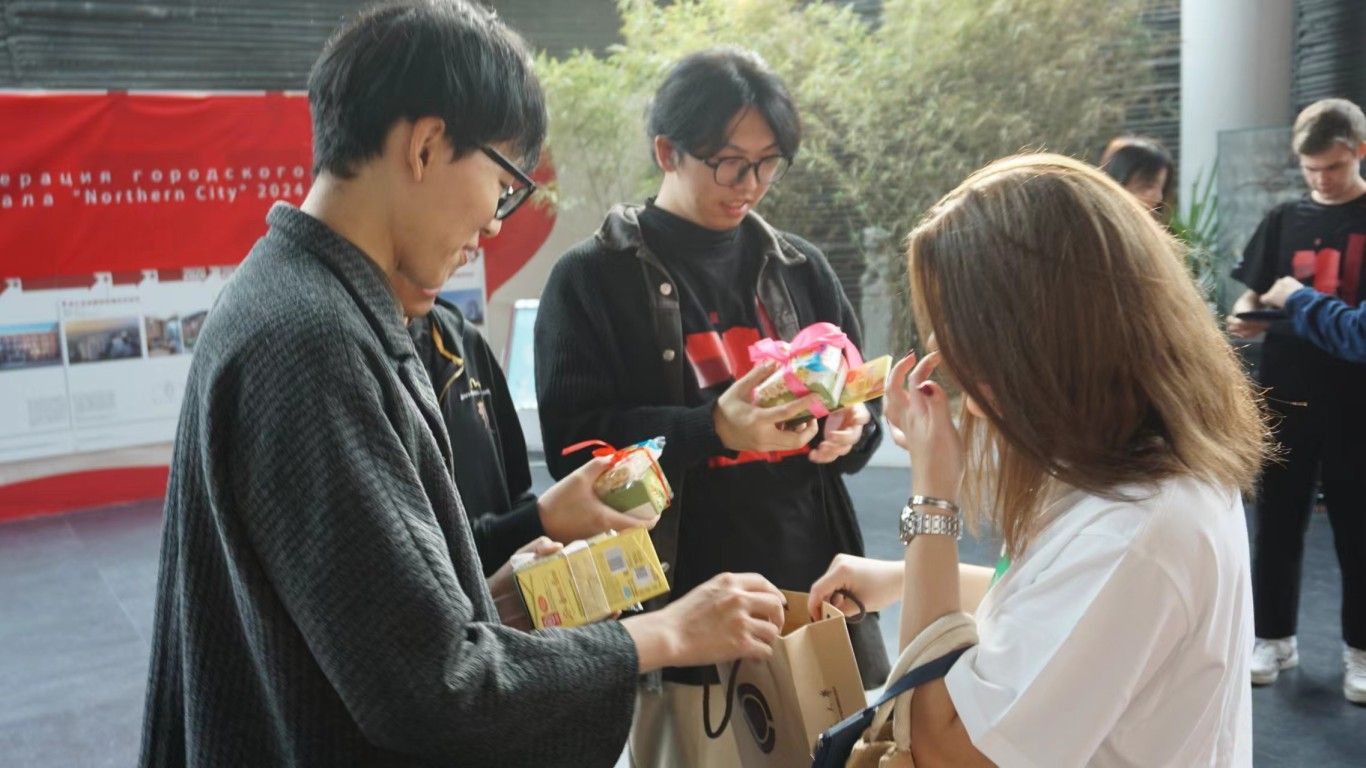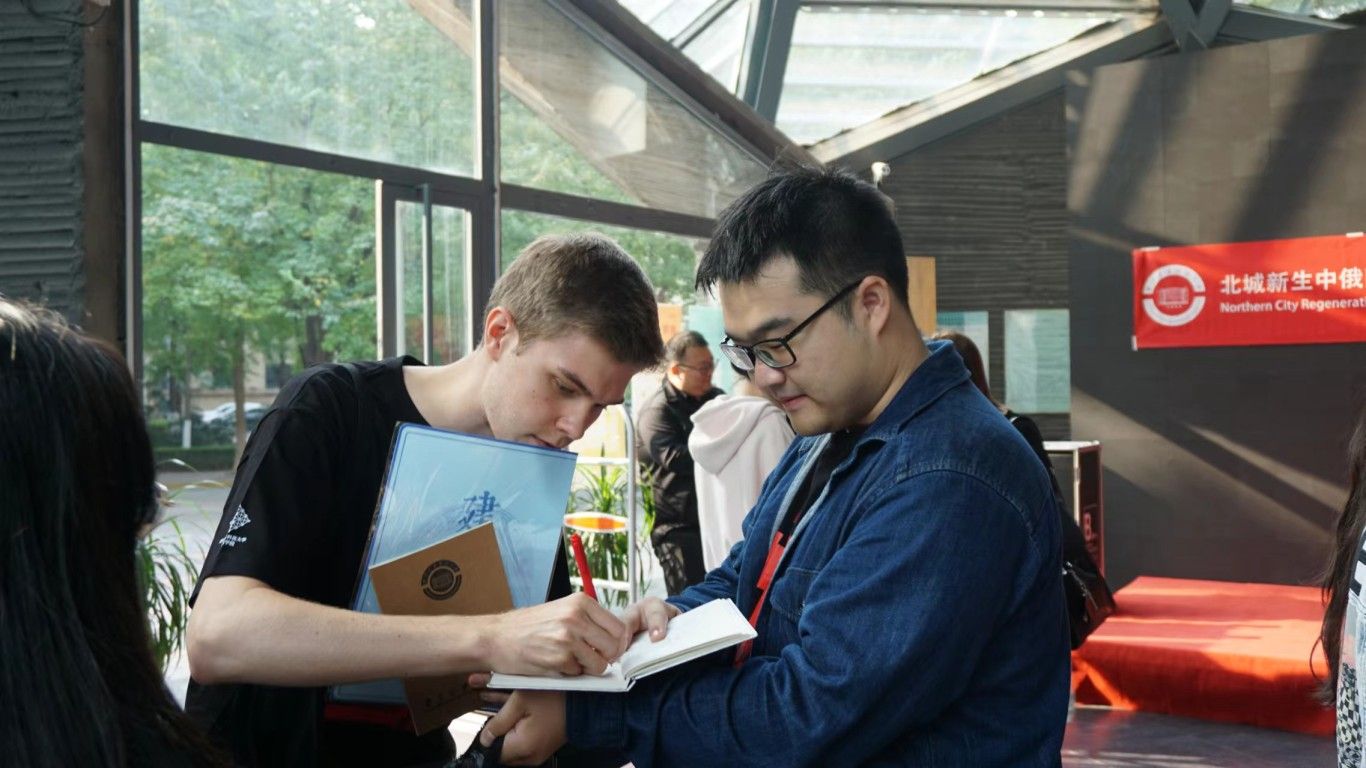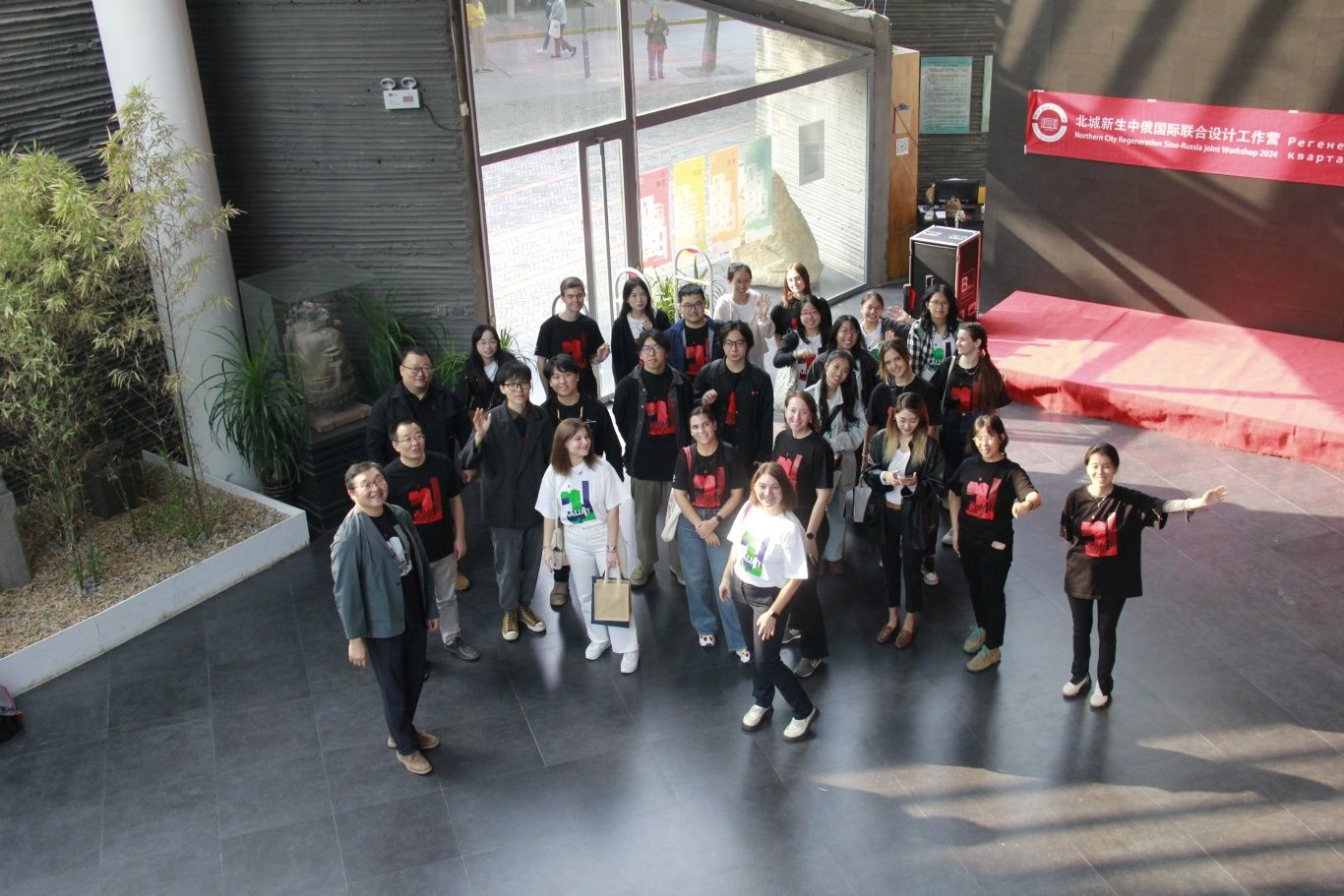The idea of the changing city has emerged in many Chinese cities due to factors such as stock-based development, urban expansion and economic growth. It is gaining pace and becoming a new model of urban development that attracts worldwide attention.With the support of its Belt and Road Joint Laboratory on Green Building, Xi’an University of Architecture and Technology (XAUAT) has carried out exchanges and cooperation with Moscow State University of Civil Engineering (MGSU), incorporating teaching on urban design in Xi’an, with an aim to orient the old urban areas toward renewal and development.The project is one of the architectural design V-Studio projects of the senior undergraduate students majoring in Architecture in the XAUAT College of Architecture.
The Shuncheng North Road is chosen as the target. The students are supposed to complete an overall planning of the old urban areas and select core nodes for overall design based on SWOT analysis.

On September 20, the Northen City Regeneration China-Russia Joint Workshop 2024 was opened online. XAUAT Professor Li Yueyan introduced the participants from the two universities to each other and briefed them on the project. Five teams made presentations on the results of their preliminary investigation.
Two online lectures were held on September 27. MGSU Professor Irina Teplova briefed the students on the history of Russia and historical buildings such as the Kremlin, and took five architectural complexes as examples to focus on their protection. XAUAT Professor Ren Yunying briefed the students on the history of Xi’an and knowledge of China’s landscape architecture.
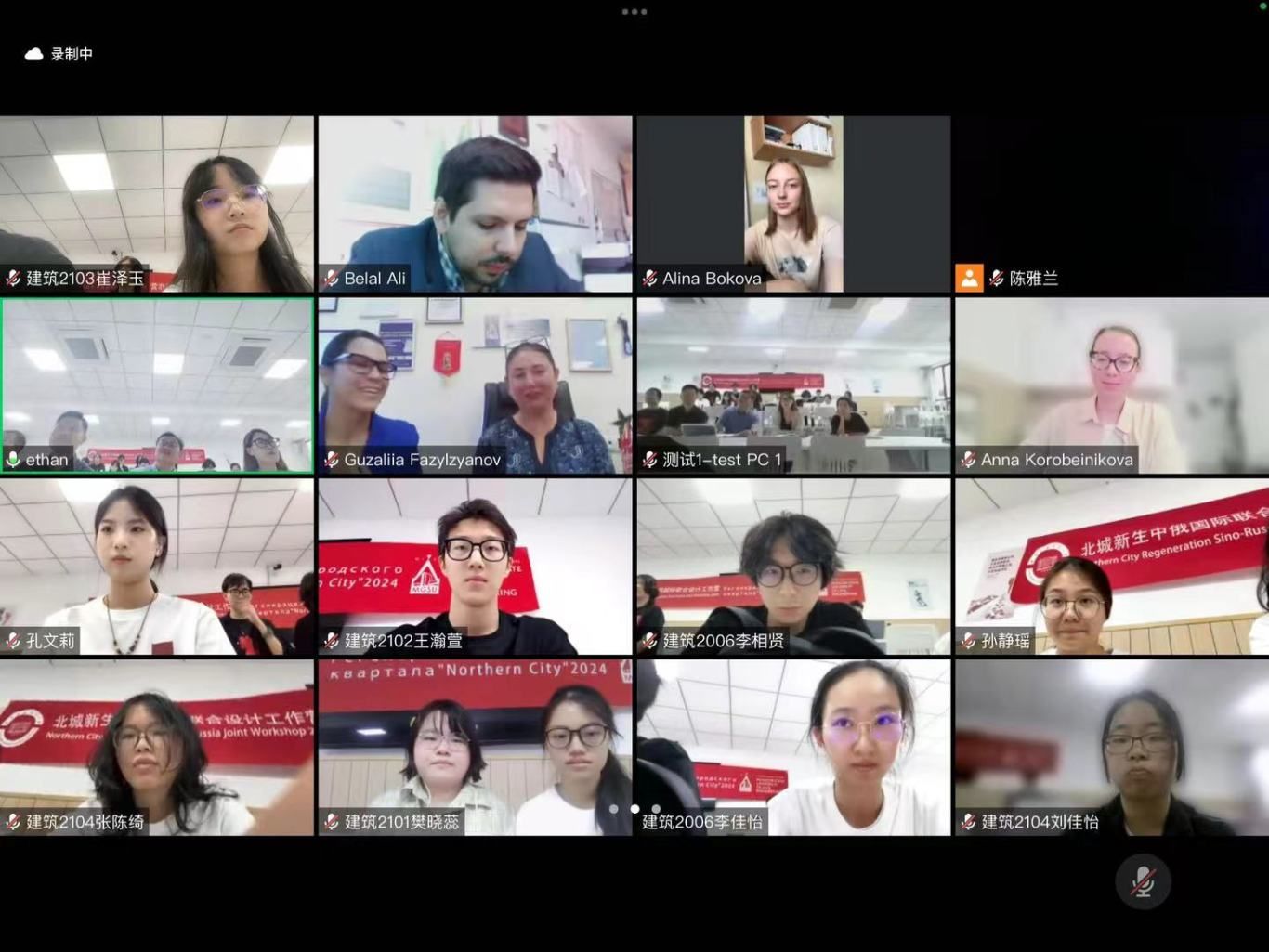
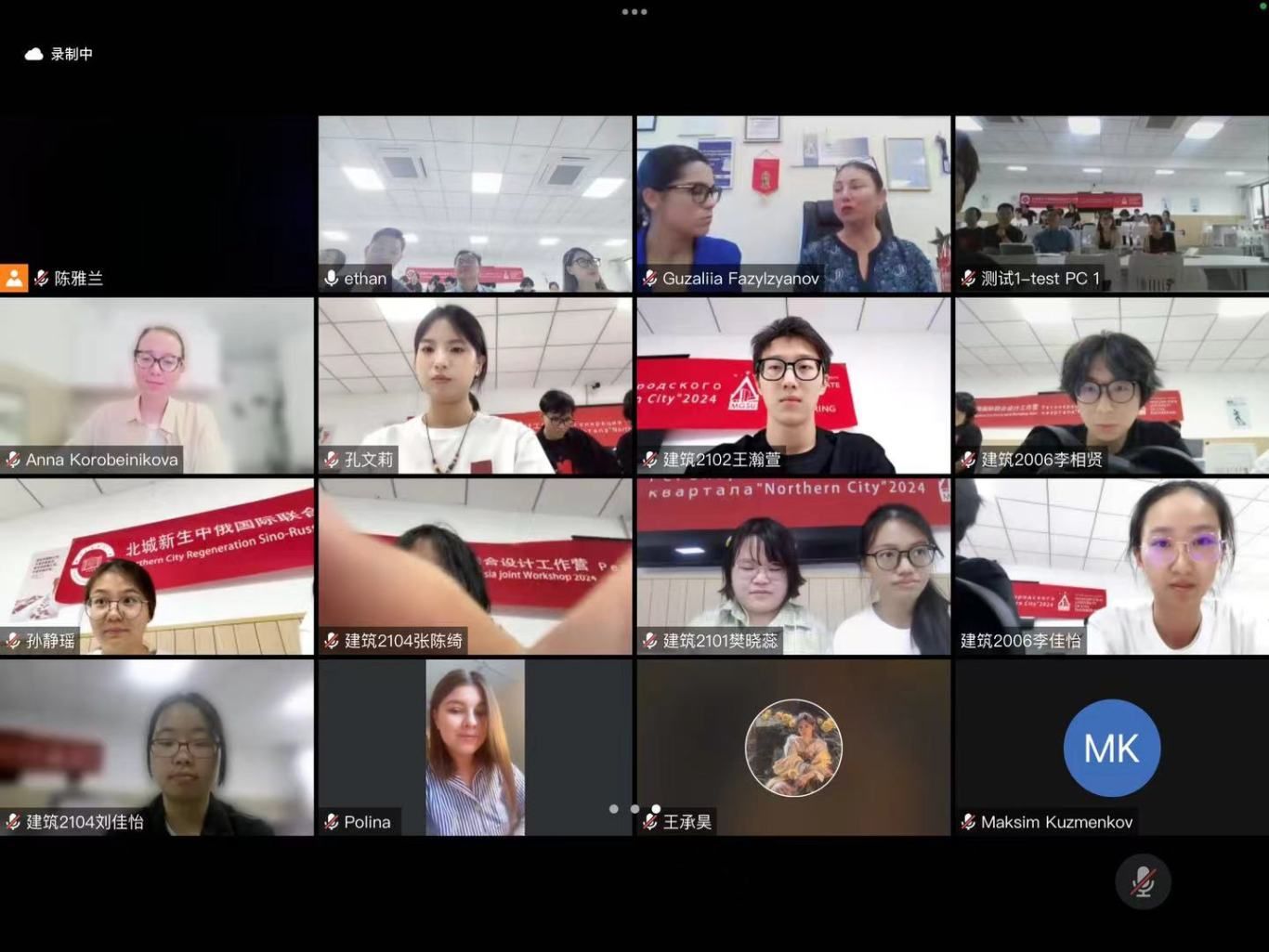
The workshop was formally launched at the Jia Pingwa Gallery of Literature and Art in XAUAT at 9:00 on October 13, with the participation of eight teachers and students from MGSU as well as 18 from XAUAT. Chen Yalan chaired the opening ceremony.
Vice Dean Yang Hui of the XAUAT College of Architecture delivered warm remarks, in which he extended a rapturous welcome and sincere thanks to the participants. Architecture, he stressed, not only involves a display of expertise, but also a way of self-expression and communication with others. This self-expression comes from an accumulation of professional knowledge and life experience, as well as the contacts with and understanding of diverse cultures, he said.Such experiences can broaden one’s horizons and enrich cognition, and are invaluable assets for college learning and future careers, Yang added. He hoped the Chinese and Russian teachers and students can become good friends and long-term partners in in-depth professional exchanges and interactions for common progress and a better future.

From left: Wu Guanyu, Chen Jing, Li Yueyan, Nina Danilina, Irina Teplova, Anna Korobeinikova, An Li, Zhao Jingzhu, and Chen Yalan.
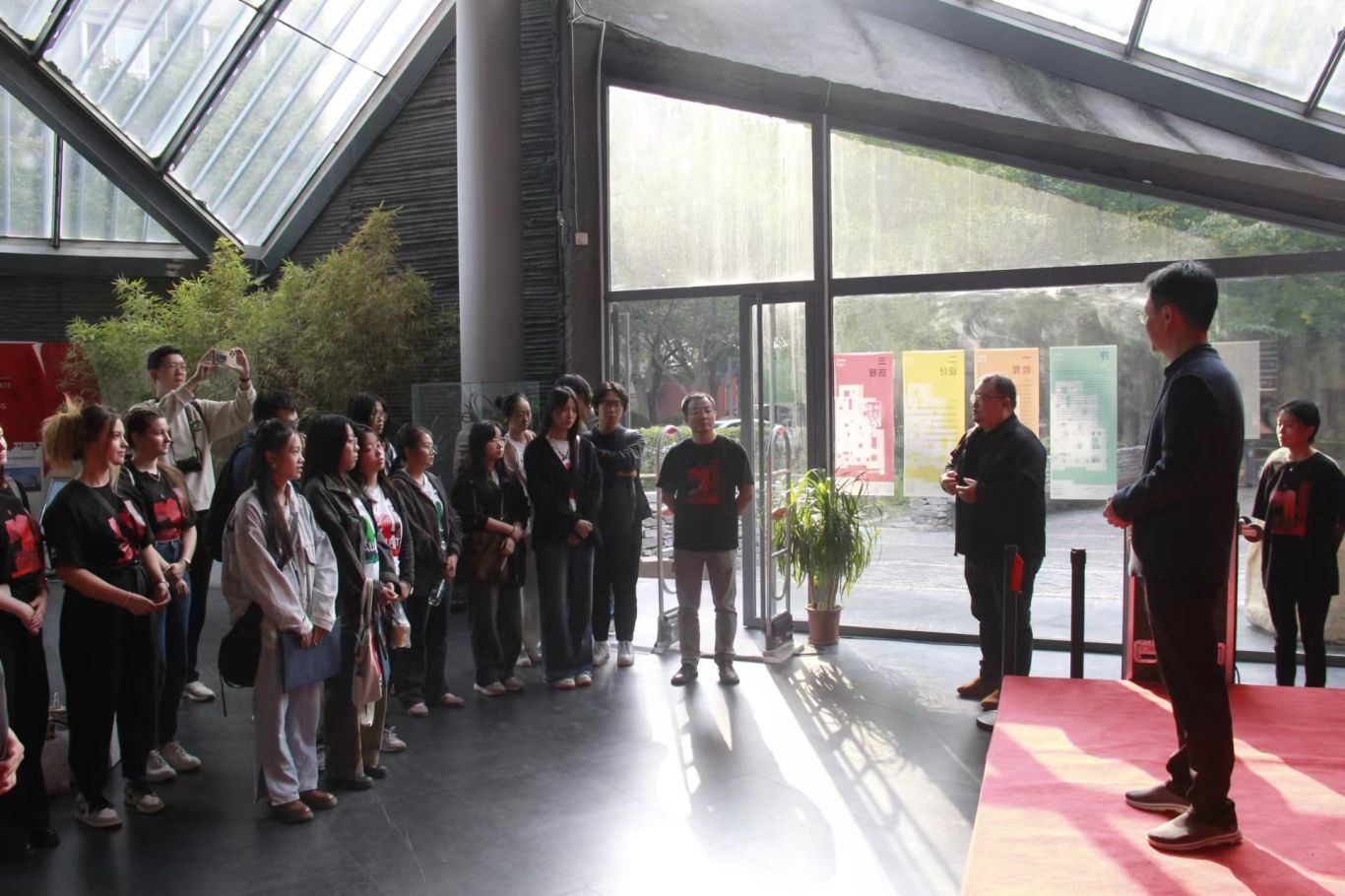
In his remarks, Professor Li Yueyan expressed his deep impression on the achievements of the first China-Russia Workshop on International Joint Design of Green Building. He said, the latest joint design will expand its scope to the city instead of architecture itself, so as to spark reflections on the city, culture, citizens and life.
Connecting two countries and two universities, this cooperation has witnessed a profound friendship between two groups of young people, which is more far-reaching than the design itself, Li added.
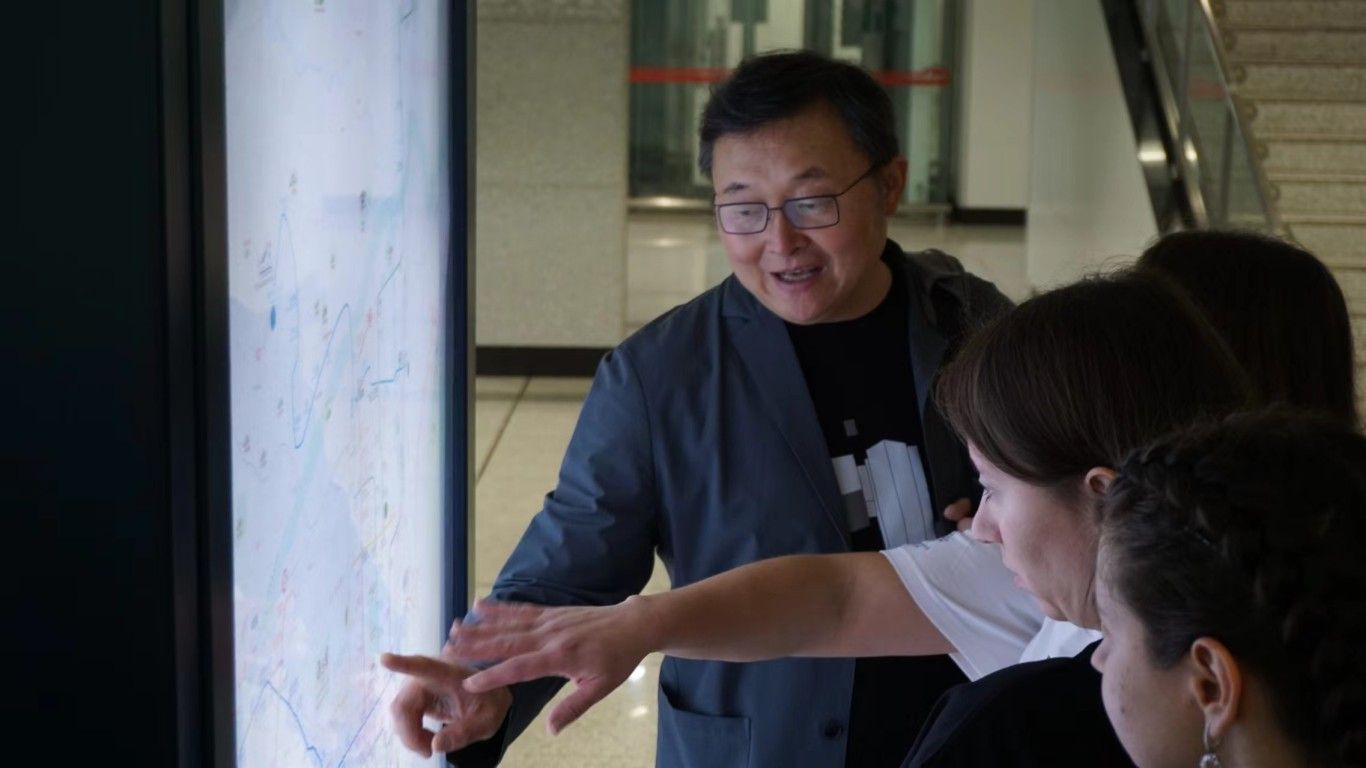
MGSU Professor Nina Danilina expressed her recognition of the first-phase cooperation between the two universities and her expectations for this cooperation. She praised China and Xi'an, and stressed the significance of the cooperation between the two universities.
She showed great interest in Xi’an and its time-honored culture, hoped to gain more experience through this cooperation in urban design, and wished the cooperation would go smoothly.
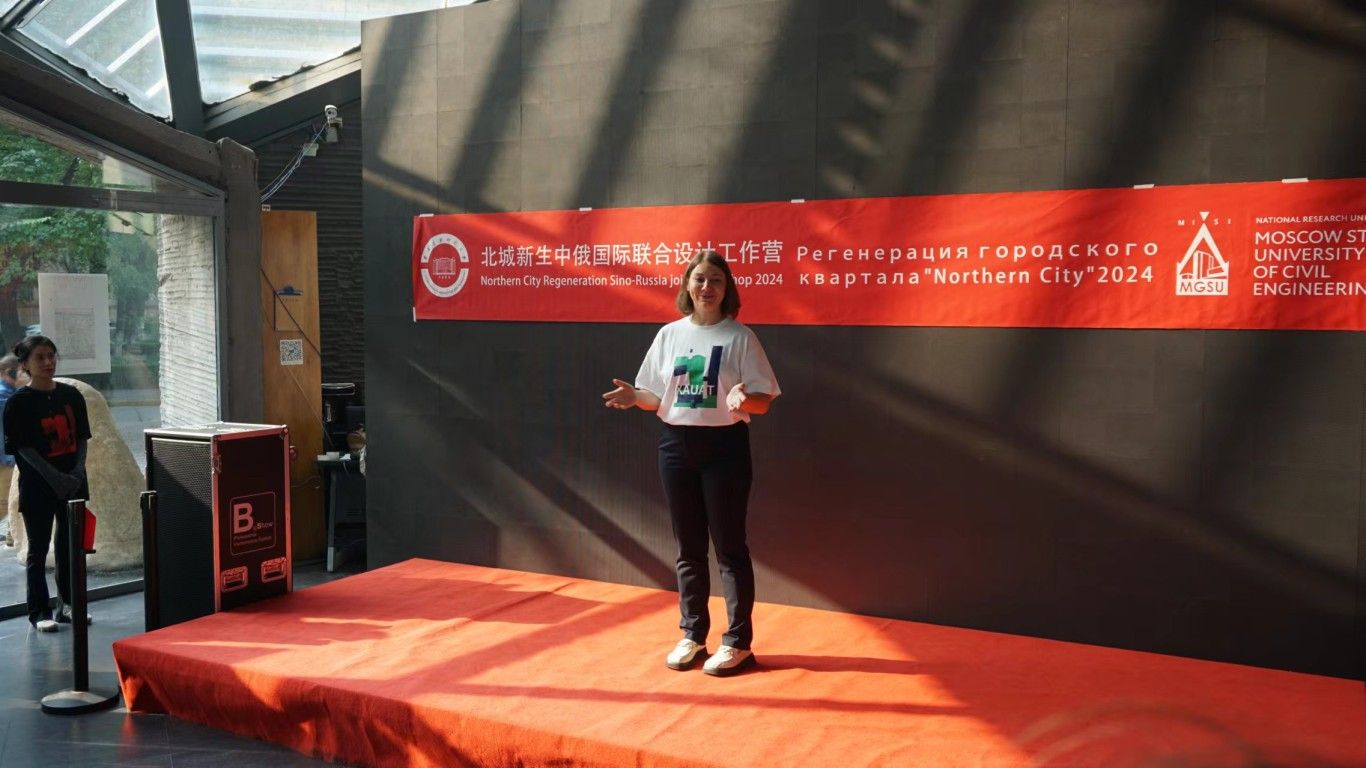
Students from the two universities exchanged gifts and took a group photo, after which all the participants went to the site for investigation.
